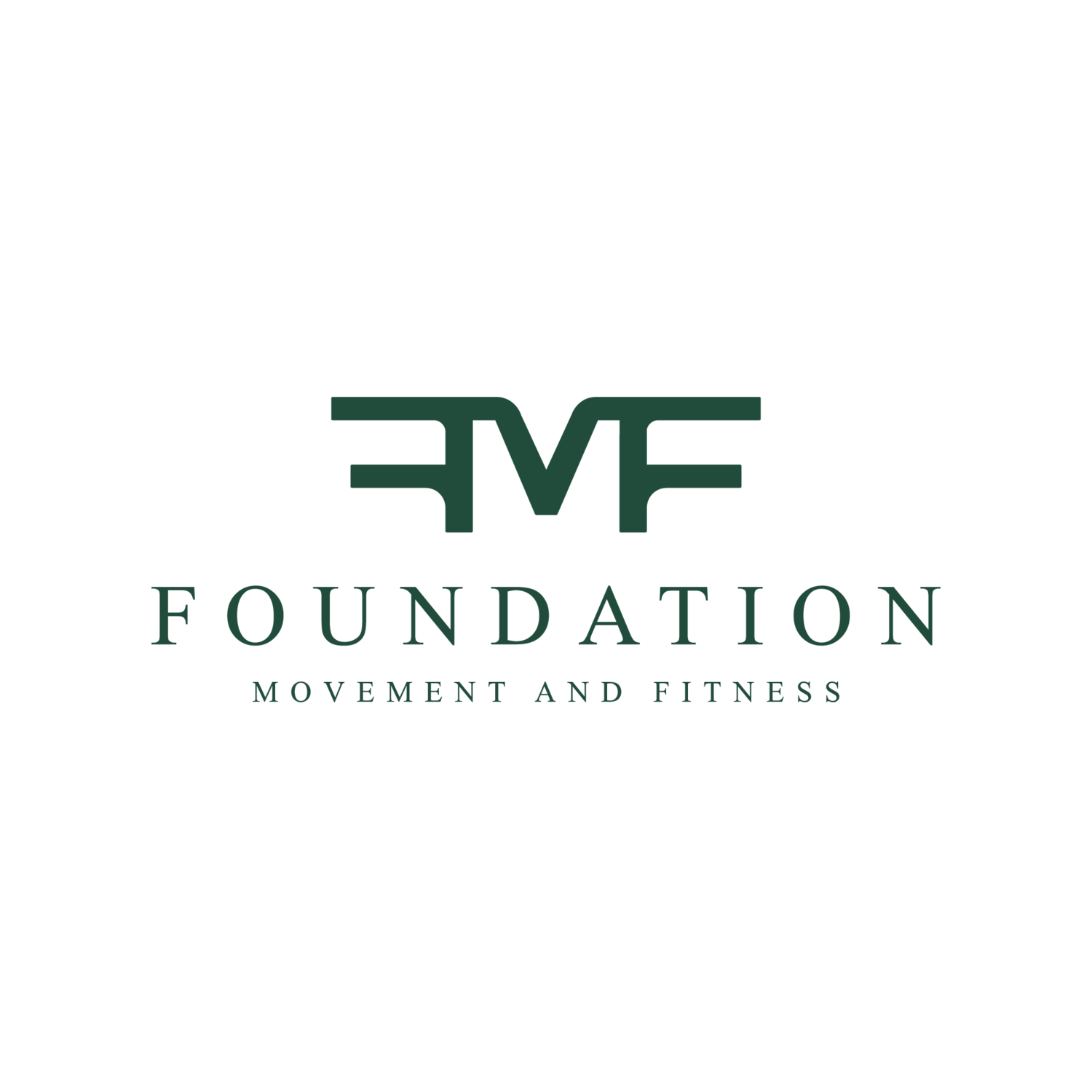Welcome back! In our third and final blog for this series we’ll walk through pelvic tilts/angles and core.
All three gluteal muscles strongly support the lumbar spine. Many other smaller muscles along the spine and in the hips help as well but let’s focus on the glutes. Strengthening the glutes definitely helps. Additionally, opening the hip flexors if they are tight helps by not pulling the pelvis forward.
But what role does the core play?
The core is made up of Three main parts are the
Rectus abdominis
Internal and external obliques
& Transverse abdominis
The transverse abdominis muscles stabilize the lumbar spine and help maintain a neutral pelvis. A neutral pelvis means there is a small, natural amount of curvature in the lumbar spine. Therefore, a weaker core may contribute to excessive arching of the lumbar spine or an “anterior pelvic tilt”.
Here is an example of a neutral spine with normal curvature:
Neutral Spine
A neutral spine will have a normal curvature.
Take a look at this example of dead bugs, a simple core exercise made to strengthen the deep core muscles that stabilize the spine:
Doing core exercises like crunches or russian twists will work the rectus abdominis and oblique muscles, respectively, which are not as relative to the spinal stabilizer muscles.
When teaching glute bridges and other glute exercises, you’ll often hear about going into a posterior pelvic tilt to correctly engage the glutes.
What does this mean? This is referring to doing a slight rounding of the lumbar spine to really engage and target the glute muscles to do the work of bringing the pelvis into the neutral position.
Ok let’s review! Low back pain can sometimes be attributed to having a sedentary lifestyle because posture while sitting is not ideal. The hip flexors are in a pretty constant state of engagement which can, over time, make them tight.
The glutes aren’t firing or working at all so they can, over time, become weaker. Because the core doesn’t have to support the lumbar spine while sitting it can, over time, become weaker.
All of this can lead to an anterior pelvic tilt. When that happens, the vertebrae can press on the spinal cord nerves which can lead to pain! So stretching your hip flexors with the stretches I provided, glute bridges, and dead bugs can all work together to fix some of those issues and hopefully get you out of pain!
Now, using these concepts of anterior and posterior, antagonist muscles working to do opposite movements, and muscles flexing and extending, you can hopefully make sense of other body parts! You can apply this terminology when talking about shoulder pain, knee pain, elbow pain, etc. The hips and lumbar spine are pretty much the most complicated to understand so relating this to other joints should feel more intuitive knowing what you now know about the pelvis.
Remember that if someone can’t explain to you why you are being told to do certain exercises whether by a provider or online you may want to look for someone who can. They should be able to help you understand the WHY if they are good at what they do. I learned early on that you need to be able to explain exactly why you are programming something for someone to be a good provider.
Alright everyone, I hope this was helpful and informative. My goal was to break down these topics for anyone who doesn’t have a formal education of anatomy and biomechanics so they are understandable.
If you have questions or comments, please feel free to reach out to us. We are on instagram, and facebook, and are happy to respond to emails with questions!
If you want to book a consultation with us, the link is on the “book now” tab of our website, we would LOVE to have you.
We also have an extensive video library on our CoachNow app where a membership gives you access to hundreds of our videos with explanations on how to properly perform exercises.
Have a wonderful kick off of 2023!
Sabrina
References
Chronic back pain. Health Policy Institute. (2019, February 13). Retrieved December 27, 2022, from https://hpi.georgetown.edu/backpain/
Department of Health & Human Services. (2016, August 8). The dangers of sitting: Why sitting is the new smoking. Better Health Channel. Retrieved December 27, 2022, from https://www.betterhealth.vic.gov.au/health/healthyliving/the-dangers-of-sitting




